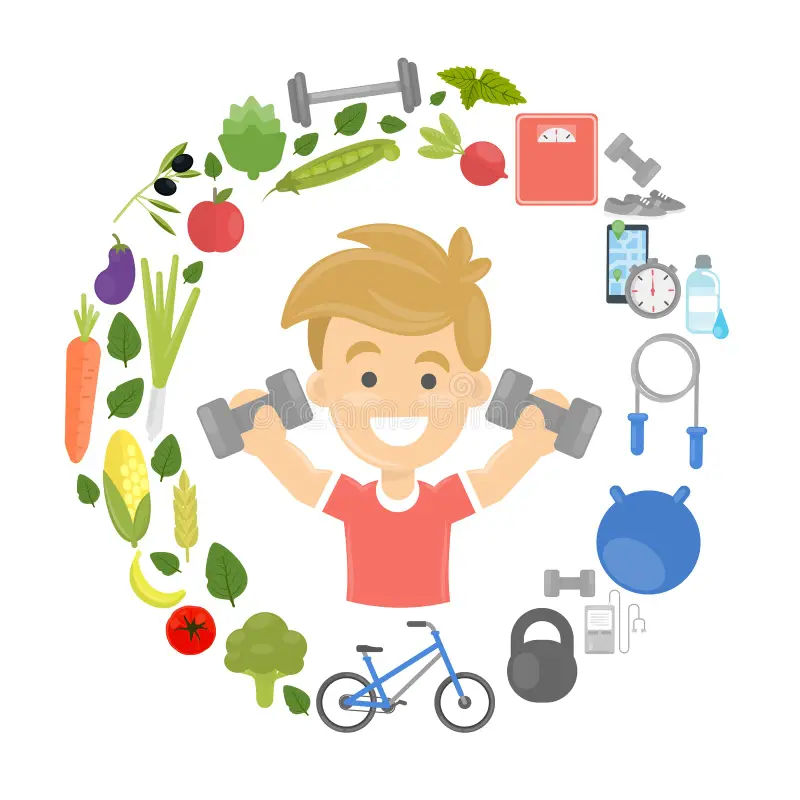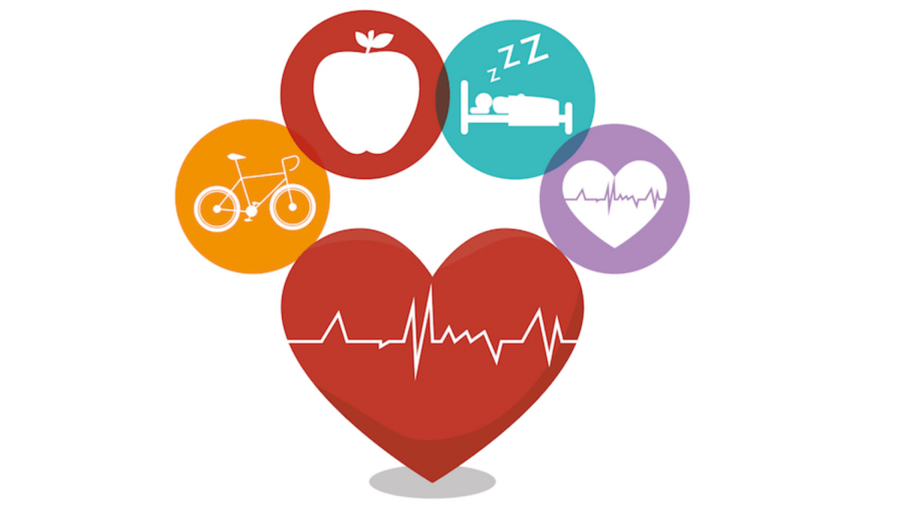Work-Life Harmony: Strategies for Building Mental Resilience

Updated at: 2025-06-04 11:08:31 (6 months ago by Melkisedeck Leon Shine)
Achieving Work-Life Harmony: A Guide to Enhanced Mental Resilience
The contemporary landscape presents a significant challenge: maintaining equilibrium between professional obligations and personal well-being. The pervasive pressures of modern workplaces frequently induce stress, burnout, and a decline in mental health. This article offers evidence-based strategies for cultivating work-life harmony, thereby enhancing overall well-being. Key concepts explored include work-life balance, self-care, stress management, and resilience – defined here as the ability to adapt positively to adversity and bounce back from challenges. We will examine how these concepts interrelate and can be practically applied using established models such as the Conservation of Resources (COR) theory, which posits that stress arises from the threat of resource loss or the failure to gain resources, and the Job Demands-Resources (JD-R) model, which suggests burnout is a result of high job demands coupled with low job resources.
The Foundational Importance of Work-Life Integration
Work-life integration, exceeding the simple notion of "balance," signifies a seamless integration of professional and personal domains. This integration fosters a synergistic relationship, enhancing not only personal well-being but also professional productivity and job satisfaction. Empirical evidence strongly supports the positive correlation between successful work-life integration and reduced stress, increased job performance, and improved overall life satisfaction. This holistic approach, underpinned by self-determination theory, emphasizes the importance of autonomy, competence, and relatedness in achieving intrinsic motivation and a sense of fulfillment across all life spheres.
Strategic Approaches to Cultivating Work-Life Harmony
- Establishing Boundaries and Time Management: The demarcation of distinct boundaries between work and personal time is paramount. This necessitates establishing dedicated work hours and adhering to them. This separation prevents role conflict and role overload, major contributors to stress as outlined in the role stress model. Effective time management techniques, such as prioritization matrices (e.g., Eisenhower Matrix) and time blocking, optimize productivity and minimize task-switching costs, ensuring both work and personal commitments are adequately addressed.
- Prioritizing Self-Care and Rest: Self-care, encompassing physical and mental well-being, is not a luxury, but a critical resource in the COR theory. Regular exercise, mindfulness practices (meditation, yoga), sufficient sleep, and engagement in hobbies promote resilience and buffer against stress. Regular breaks and vacations are crucial for cognitive restoration and preventing burnout, aligning with the JD-R model's emphasis on resources as mitigating factors against job demands. Adequate rest is a key resource, contributing to improved cognitive function and emotional regulation.
- Leveraging Delegation and Support Systems: Effective delegation and the cultivation of supportive relationships are crucial stress management strategies. Delegating tasks reduces workload, freeing time for high-priority activities, while strong social support networks provide emotional buffering and practical assistance during stressful periods. These actions align with social support theory, highlighting the protective effect of social connections against the negative impacts of stress.
- Digital Detoxification and Mindfulness: In our hyper-connected world, scheduled disconnections from technology are essential. Regular "digital detox" periods, free from screen time, promote relaxation, mental clarity, and improved focus. Integrating mindfulness practices – such as deep breathing, meditation, or gratitude journaling – enhances emotional regulation, stress reduction, and self-awareness, aligning with the principles of mindfulness-based stress reduction (MBSR) techniques.
- Open Communication and Supportive Environments: Honest communication with employers, colleagues, and family members regarding boundaries and needs is crucial. Creating a supportive environment where these needs are respected facilitates a healthier work-life integration. This open communication strategy fosters trust and understanding, reducing misunderstandings and conflict, as evidenced by research on communication and organizational effectiveness.
- Continuous Self-Reflection and Adaptation: Regular self-assessment is vital for ongoing improvement. Periodically reviewing one's work-life integration, identifying areas needing adjustment, and adapting strategies accordingly ensures continuous improvement. This adaptive process aligns with the tenets of dynamic systems theory, recognizing the ever-changing nature of life and the need for flexibility in managing work-life integration.
- Seeking Professional Support: When challenges persist, seeking professional guidance from therapists, counselors, or coaches can provide personalized support and effective coping strategies. Professional assistance offers valuable external resources and expertise in addressing specific needs and developing tailored solutions.
- Celebrating Achievements and Practicing Self-Compassion: Acknowledging and celebrating both small and large accomplishments strengthens resilience and maintains motivation. Practicing self-compassion – treating oneself with kindness and understanding – is crucial during setbacks, preventing self-criticism and fostering a positive self-perception.
Conclusion and Recommendations
Achieving work-life harmony and fostering mental resilience are essential for long-term well-being and success. The strategies outlined provide a framework for integrating professional and personal life effectively. Further research could explore the long-term impact of these strategies on various demographic groups and investigate the effectiveness of different interventions in diverse workplace settings. The implementation of these strategies can have significant positive impacts, including reduced stress levels, enhanced productivity, increased job satisfaction, and improved overall mental health. Organizations should consider investing in employee well-being initiatives that support work-life integration, such as flexible work arrangements, employee assistance programs, and training programs on stress management and time management. The ultimate goal is the creation of a sustainable and fulfilling life, balancing personal well-being with professional success.
Reader Pool: Considering the presented strategies and models, how might organizations further optimize their support systems to effectively promote employee work-life integration and enhance overall mental well-being?



